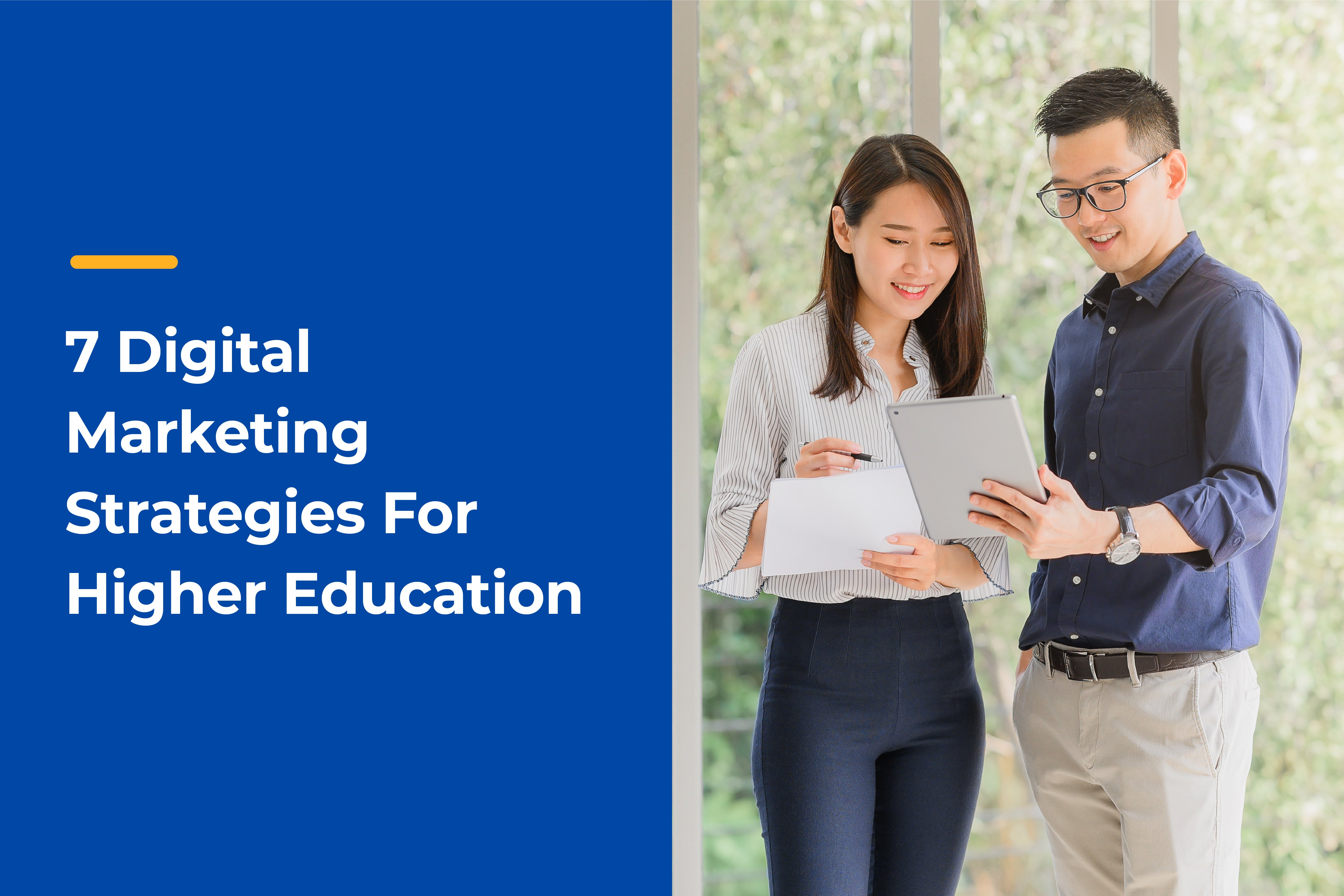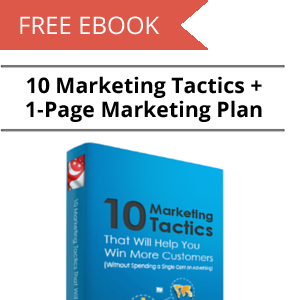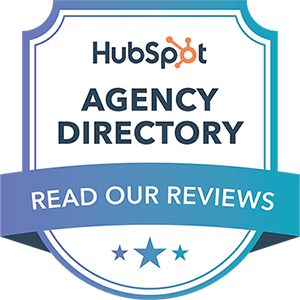
Colleges collectively spent $2 billion on advertising in 2018 and $2.2 billion in 2019. In fact, institutions spend between $429 and $623 per enrolled student, per year, on marketing. The University of Maryland Global Campus announced in 2019 that it would spend $500 million on marketing over the following six years, half of it on digital advertising. (Source: The Hechinger Report)
The pandemic has radically reshaped the education industry. In addition to currciulum changes, universities worldwide have to reimagine their student recruitment strategy—shifting the focus from in-person open house and campus visits to digital advertising. Digital marketing is crucial for institutions because it offers opportunities to connect and engage with potential students. It's also an essential tool to compete in the market with other academic institutions.
Kristen Lainsbury, vice president for marketing and communications at Earlham College, said, “We saw that our competition was really investing in digital marketing in particular, and we realised if we didn’t start investing in that way, we wouldn’t be part of the conversation.”
Are you ready to dip your toes in digital marketing?
1. Mobile Is The New Screen: Optimise Your Website & Ads For Mobile
![]()
In 2020, 5.17 million people accessed the internet through their mobile device. As of the third quarter of 2020, approximately 98% of the population in Singapore were owners of some sort of mobile phones.
Gadgets have become a key part of people's lives in Singapore, as consumers spend most of their waking hours on digital devices—12hr 42 min a day on average. According to survey findings, mobile phone accounts for the most time spent on a gadget in a day at 3hr 12min. The top gadget people use here is also the smartphone, with 95% saying so, and its effect on people is telling—almost 80% of them check their smartphones when waking up in the morning or just before going to bed. (I'm guilty of this too, though it's usually to earn coins from Shopee games... It's a kiasuness inherent in many Singaporeans.)
With mobile phones invading our lives, we should naturally optimise our websites and ads for this small screen device. The benefits of mobile-friendly websites and ads are endless:
-
Improve website speed so your mobile-friendly page loads fast (and people are less likely to leave)
-
Easily find the information you need (no more nested navigation)
-
No more accidental clicks (buttons are big enough even for fat fingers)
-
Improve readability & legibility with large font size
Most importantly, websites and ads that can be easily accessed, read and downloaded on mobile phones can significantly increase your conversion rate.
2. Generate Quality Leads With Pay-Per-Click Advertising (PPC)

PPC is an efficient way to get leads fast. PPC, which stands for pay-per-click, is where advertisers pay a fee each time their ad is clicked. It is an excellent way to drive traffic to your site.
With the variety of in-depth and precise targeting that PPC ad networks offer, you will definitely be able to reach your target audience. For example, you can target age, gender, and country (or a specific city!). Facebook allows you to target by interests while LinkedIn has audience attributes such as, years of experience, job seniority and company industry.
You can then show ads to qualified students (people who meet your admission requirements). This is especially valuable for events where you have a short time period to hit your registration goal. In fact, there are lead generation campaigns on Facebook and LinkedIn that you can run to boost event signups.
PPC offers you a multitude of possibilities. You can run Google Search campaigns to reach people who are searching for your school or programme. Remarketing campaigns allow you to retarget website visitors. You can even build awareness with Display campaigns (which I'll elaborate more later on).
PPC is like a shortcut that helps you to generate many high-quality leads in a short period of time.
3. Reach Millennials With Social Media Marketing

In addition to running PPC ads on social media networks like Facebook and Instagram, you can generate leads organically via social media too.
Student ambassadors and user-generated content build credibility and authenticity. This is especially important in today's digital age where people are bombarded with information and ads (both organic and sponsored). Student ambassadors and user-generated content will thus be more authentic and trustworthy sources of information since they are real people sharing real stories. Being authentic also helps you stand out!
You can also collaborate with influencers. This can be done by simply analysing your own social media channels and posts that mention your institutions or include your hashtags. Narrow down on the individuals who are talking about your university and analyse their reach and engagement. Then, reach out to them.
If your target audience is younger students, social media is key. If they're unsure and undecided about which programmes to pursue, this is your chance to lay the foundation and build awareness so these potential students will at least know your school and programmes.
However, the social media space is ever-changing at a rapid pace. Facebook is on a decline while new emerging social media platforms, like TikTok and Snapchat, are gaining popularity. Of course, there isn't an absolute need to create an account on all social media platforms. That will only spread your marketing efforts too thin. Perhaps, it's better to examine where most of your potential students are. Or reach out to influencers and students ambassadors who are already on these platforms.
Do also spend some time planning content for your various social media channels. It shouldn't be a copy-and-paste post across all channels. Instead of cross-posting, you can consider tailoring it slightly to suit the tone and style of each channel.
For instance, content on your LinkedIn Page could be more professional with links to the latest education news or changes in Singapore. On the other hand, content on your Instagram account could be more friendly and visual. For example, photos of the school campus or open house.
4. Build Brand Awareness With Display Advertising

Sometimes, your digital marketing campaigns don't perform as well as expected. This isn't because you're doing anything wrong (such as wrong settings or ad copies and creatives that don't resonate with your target audience). It might be due to the lack of brand awareness.
Whether you're running campaigns for a recently established school or a school which is expanding to a new market, do consider running a display campaign to build brand awareness.
There are a few channels to run such campaigns, including Google Display, YouTube, Facebook and Instagram.
One great way to help prospective students envision themselves at your university is through videos. Videos provide a rich brand experience.
In addition to clicks and impressions, you can consider looking at multi-channel attribution to see how Display campaigns play a part in influencing potential students and contributing to conversions.
5. Increase Visibility With Search Engine Optimisation (SEO)
![]()
There are 2 major differences between PPC and SEO
-
PPC: short-term & paid strategy
-
SEO: long-term & organic strategy
PPC might give you that boost and feature your school prominently during the campaign period. But SEO is the one that helps rank your site in search engines.
Imagine this: If your marketing budget is slashed in half (eg. due to the pandemic), you will see an immediate drop in the number of leads if PPC makes up a bulk of your marketing strategy. If you have an SEO strategy in place, you'll still see some leads trickling in organically. However, if you don't have any SEO strategy in place, you might experience a sharp dip.
I'm not saying that you should spend all your marketing budget on SEO. As long as you start writing one blog post monthly, that's a pretty good start! Bear in mind that content is a key ingredient for SEO.
Also, SEO takes a very long time to get viable results. But in the long run, SEO will be beneficial and cost-effective. You just need a lot of patience. Here are some SEO tips to get you started:
-
Conduct keyword research
-
Ensure your blog post is keyword-rich
-
Optimise your blog title & meta descriptions
-
Include header tags, alt text for images, relevant internal & external links
P.S. If you manage to get ranked for Google's feature snippet, you'll increase brand visibility and boost website traffic.
6. Use Machine Learning To Supercharge Your Digital Marketing Campaigns

In today's digital age, there are many technological advances. Tapping into these emerging technologies will thus give you an edge over your competitors.
Machine learning helps humans solve problems in a more efficient way. It uses data to tech itself how to complete a process with the help of artificial intelligence capabilities. This solves complex digital marketing problems and helps businesses find hidden knowledge in available consumer data to streamline marketing processes and boost productivity. For instance, machine learning tools can analyse large sets of data and present understandable analytics for marketing teams. Marketing teams can then have more time to specialise in other areas such as, optimising their marketing strategies based on these in-depth insights.
Take PPC for example. You can leverage machine learning in your PPC campaigns with the following:
-
Google Automated Bidding Strategies
-
Google Responsive Ads
-
Google Smart Display
-
Google Performance Max
-
Facebook Campaign Budget Optimisation
-
LinkedIn Automated Bidding
In the above automated bidding strategies, the various channels (Google, Facebook and LinkedIn) utilise machine learning so the PPC campaigns will optimise for key results while delivering full budget. Likewise, Google Responsive Ads, Smart Display and Performance Max, are where you add assets (creatives and copies), let Google test different combinations and determine the optimal combination based on performance history. Machine learning will thus free up the time of your marketing teams (no more time-consuming menial reports of which ads are effective or frequent adjustments to get the right bid amount). Instead, your marketers can focus on changing the bidding strategy based on the campaign's overall goal (conversions, clicks etc.) and swapping out poor-performing assets.
7. Leverage Your CRM Data, The Never-Changing Single Source Of Truth

In September 2020, Google Ads announced that the search terms report will only include terms that were searched by a significant number of users. This simply means that some search query data will be omitted, making it difficult to analyse which queries and keywords are worth spending on.
In February 2021, Google Ads updated phrase match and removed broad match modifier.
In 2021, Apple's privacy policy changes affected Facebook ads, particularly the processing of Facebook Pixel conversion events and app events from iOS 14.5 or later devices.
As we rush to navigate these changes and try to minimise the impact on our marketing campaigns, one thing is clear: we can't rely solely on data from ad networks, social media etc. To counter these changes, you need to start using your CRM data.
People in your CRM database have interacted with you one way or another. They could have seen your ad, followed you on social media, subscribed to your newsletter and more. Targeting these contacts would thus be more accurate since they've taken an extra step and consented to give you their contact details.
CRM retargeting is "smart" because it's more relevant digital advertising. You can also reach a pool of new audiences who are similar to your customers by leveraging your CRM data and creating a lookalike audience of your customers.
Don't Just Run Marketing Campaigns. Make Your Campaigns Work Smarter.
If digital marketing is part of your student enrolment strategy, you've already won half the battle. But in the face of institutions that spend millions on student recruitment campaigns, you only have one choice—make your marketing campaigns work smarter.
Want some quick wins for your higher education digital marketing campaigns? Watch our webinar and learn how to pinpoint channel and content that drive your recruitment pipeline and see the full user journey from first click to enrolment.


 hello@clicktrue.biz
hello@clicktrue.biz
 info.my@clicktrue.biz
info.my@clicktrue.biz info.th@clicktrue.biz
info.th@clicktrue.biz info.id@clicktrue.biz
info.id@clicktrue.biz info.vn@clicktrue.biz
info.vn@clicktrue.biz




